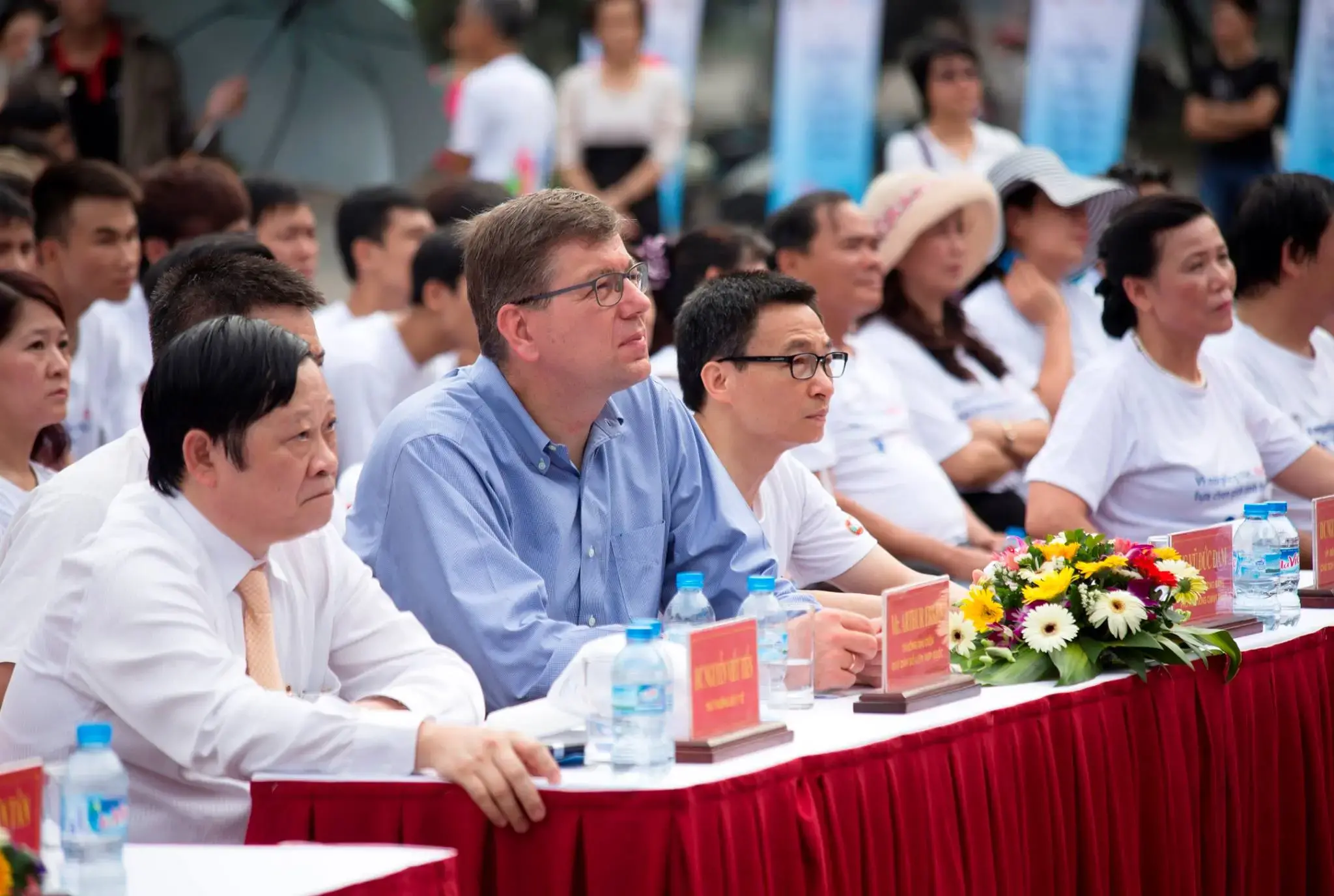Opinion Editorial by Björn Andersson, UNFPA Regional Director for Asia and the Pacific
The world’s population reached 8 billion in November 2022 – a milestone for humanity and a manifestation of the advancements made in health, education, science, and socio-economic development.
While this milestone is a celebration, it was also received with considerable anxiety, as the world faces overlapping challenges, from the COVID-19 pandemic to the climate crisis, weakened economies, conflict, food shortages, and population mass displacements. In the midst of this, fear and anxieties towards population changes are affecting a woman’s right to choose whether, when and how many children she would like to have.
This year’s State of World Population Report by the United Nations Population Fund unpacks this ‘demographic anxiety’ – the fears arising from concerns about the implications of population size, population change, population composition or fertility rates.
The new report highlights how such fears, focusing just on the numbers, have sometimes resulted in coercive measures to control fertility. Such violations of the basic human right to decide on the number, if any, and spacing of children are misplaced and risk missing the real problems in society.
The Asia and the Pacific region is vast and demographically diverse. A number of countries are experiencing population decline, while at the same time, others continue to face population growth. And in most countries, population growth has slowed, which is leading to societies with larger percentages of older persons.
Irrespective of the country’s situation, such fluctuations in fertility rates and changing population sizes require adjustments in policies extending far beyond the realm of demography. But all such policies must be anchored around promoting gender equality and accelerating progress in girls’ and women’s empowerment.
Experiences around the world show that schemes to lower or raise fertility, including specific incentives and disincentives, have had only a marginal impact on fertility and in some cases have even been harmful. Policies must move beyond simplistic views of having ‘too many’ or ‘too few’ people. To address real concerns like climate change, economic challenges, ageing populations and more, we require rational, evidence- and human rights-based policies, not policies that attempt to move fertility in one direction or the other.
Advancing gender equality is fundamental for addressing population change and building resilient and adaptable societies. Empowering women and unlocking their potential to make choices about their bodies and lives will help them, their families and their societies to thrive. Investments must be made in every stage of a woman’s life: by ensuring girls’ education, girls’ and women’s access to information and services related to their sexual and reproductive health and rights, as well as their full and equal participation in all spheres of society.
Governments must also institute policies that are family-friendly and facilitate individuals’ fertility aspirations – such as parental leave programmes, quality childcare services, flexible working arrangements – and ensure universal health coverage including for sexual and reproductive health services. They should also strengthen pension systems and promote active and healthy ageing.
Adopting this ‘life-cycle’ approach, where girls and women are empowered at every stage of their lives to make their own decisions and choices, including reproductive choices, will allow them to pursue their life-time aspirations, and help boost economic progress in society.
So how is Asia and the Pacific faring when it comes to gender equality and fulfillment of women’s sexual and reproductive rights? While we have seen progress, there is still much that needs attention. Over 130 million women still do not have access to family planning services and information to be able to plan their pregnancies. While over half the world’s 1.8 billion adolescents and youth live in Asia and the Pacific, most of them do not have access to comprehensive sexuality education to be able to make informed decisions about their bodies. The proportion of women reported to have experienced physical and or sexual violence by an intimate partner is high.
Now is the time to accelerate progress towards the commitments made at the 1994 International Conference on Population and Development, which has set forth the Programme of Action recognizing that human rights and individual dignity, including reproductive health and rights, women's empowerment and gender equality, are cornerstones of development.
Development policies, including those addressing population issues, must be rights-affirming. Let us all work together towards placing the rights and choices of women and girls at the centre – to build societies that can withstand and flourish amidst fluctuations in population trends.




